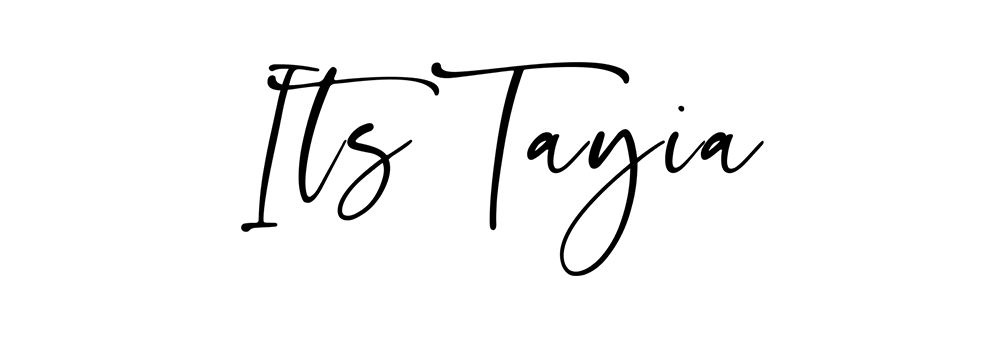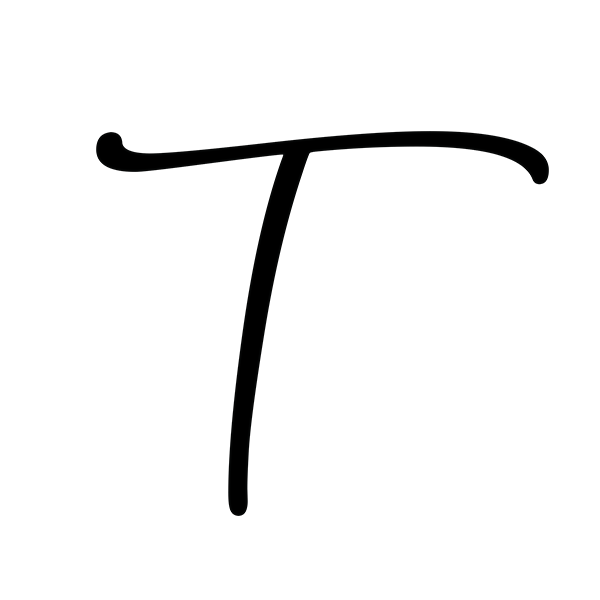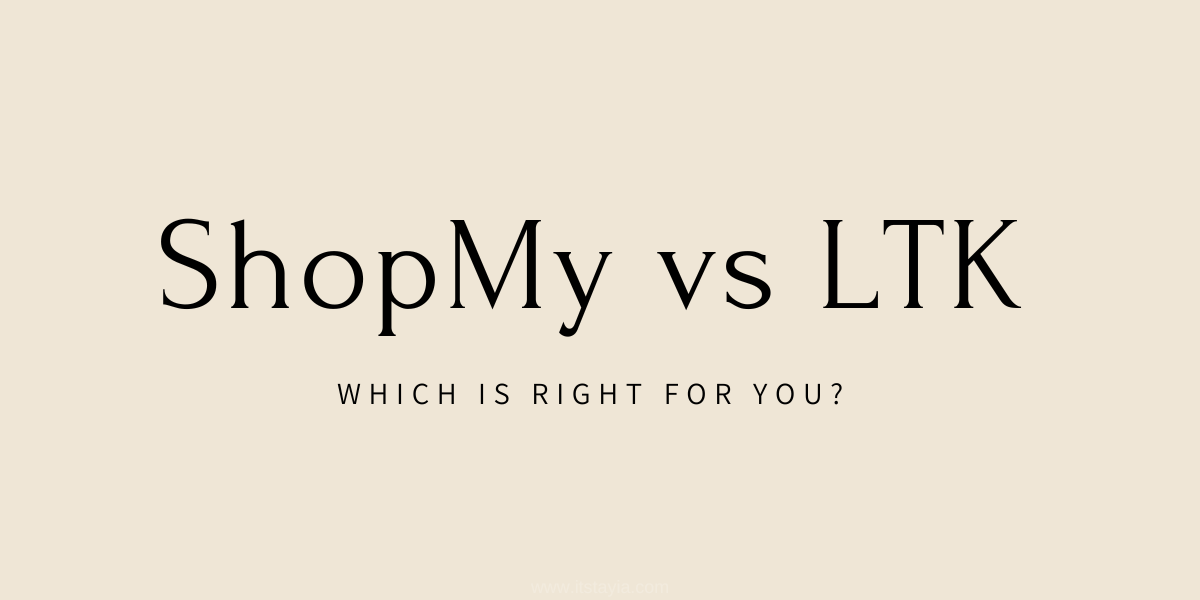ESTIMATED READING TIME: 3 MINUTES
I remember when I made the decision to return natural back in 2009. At first, I had never heard of the hair typing system. Then, what felt like out of nowhere, I kept hearing 3A, 4C, 2B and immediately thought, what in the world is this? Is this some sort of quiz? I learned that these are actually ways to categorize natural hair types. I most commonly see this system used within the natural hair community, but it has gained general popularity as well.
But does the natural hair typing system really matter? It’s important to know that when most people refer to their curls as 3a, 3b, 4c, etc. what they’re specifically talking about their curl pattern. Knowing your curl pattern alone may not be helpful but understanding your hair type as a whole can be!
What exactly does natural hair type mean?
There are 3 main natural hair types: type 2 (wavy hair), type 3 (curly hair), and type 4 (coily hair). Type 1 refers to straight hair and is often left off of natural hair typing charts. There are also subtypes (a-c) that describe how loose or tight your curl pattern is.

Why is it helpful to know your hair type?
Knowing your hair type can be beneficial when choosing what natural hair products to use. However, it should be noted that using the hair typing system alone shouldn’t be the only thing taken into account. You should also take into account your hair’s density, texture, and porosity.
Hair density refers to how many strands grows per square inch of scalp. Texture refers to the thickness or width of your natural hair strands. Porosity refers to how easily your hair is able to absorb and retain moisture or how easily moisture is able to penetrate the strands. I know this all sounds complicated, but spending some time really getting to know your hair can help simplify things.
Plus, considering all of these things when selecting your natural hair products can make your natural hair journey much easier. It can also help determine what hairstyles are best suited for you. If you need some ideas to for protective natural hairstyles, I got you covered! You can check out my favorites here.
In a later blog post I’ll be sharing product recommendations to help get you started.
What are the negatives of thIS system?
I spend a lot of time on Instagram looking at natural hair pages and hashtags. It’s so common to see people talk about type 4 hair in a negative way. If you are unaware of what type 4 hair looks like, think of Teyonah Parris, Viola Davis, or Jill Scott. All women with beautiful hair. But for some reason people often refer to this natural hair type as “nappy” or “unmanageable”, when in reality, they just may not know how to care for it.
Unfortunately, even before I learned of the hair typing system I heard people talk about Type 4 hair in this way. Why is that?
It could be due to societal views or what we have been conditioned to think should be considered beautiful. It could also be due to a lack of representation by individuals with this natural hair type. Let me make this very clear though: Type 4 hair is beautiful too!
Friendly reminder:
Don’t get too caught up in the hair typing system. There are so many factors to consider when it comes to natural hair and how to care for it. No matter what your hair type is, show it love and kindness. Be good to it and it will be good to you.
What are your thoughts on the hair typing system? Do you think it really matters when it comes to your natural hair journey and building a natural hair care regimen? Let me know your thoughts down in the comments!








2 Responses
Great blog post! So glad I found this via your YouTube channel
Thank you sis!! You stay supporting me and I truly appreciate you for it!